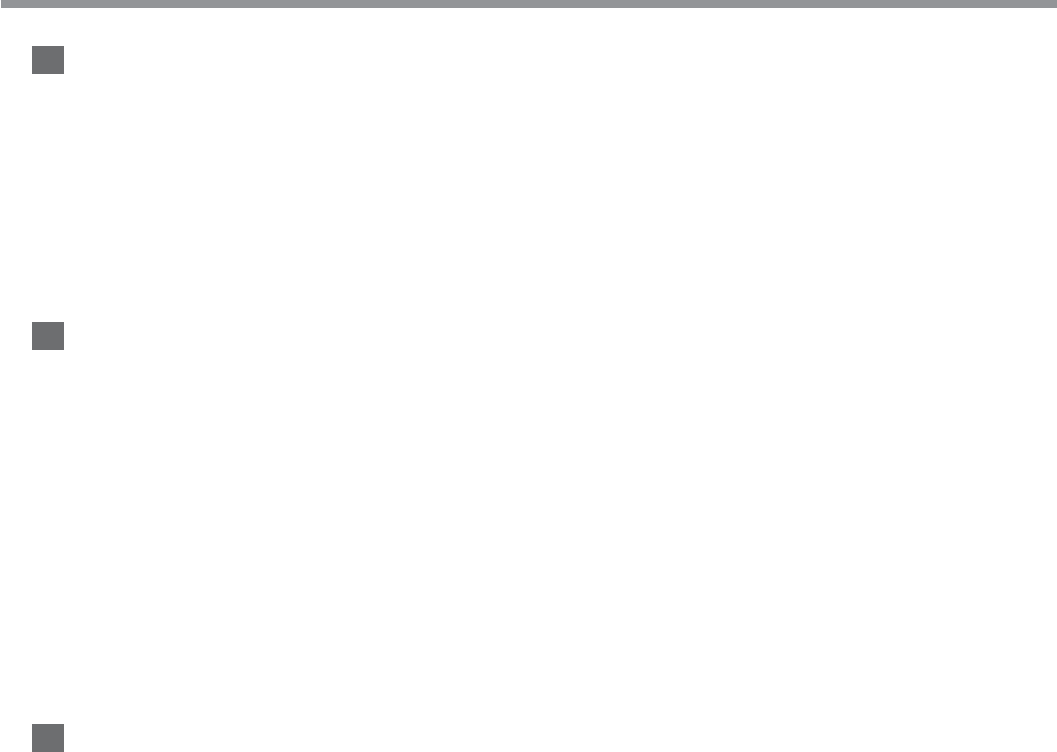
100
Chapter 7: What to Do If...
During printing, ink drips from the print-head carriage and soils the media
(the printing surface)
The following may cause ink to drip on the media during printing.
• Dust or fiber-containing grime around the heads may have absorbed ink.
• The heads scraping the media may have caused ink to fail to be discharged, resulting in ink buildup in the heads.
If this happens, refer to "5-2 Cleaning Using the Cleaning Kit" and clean the heads.
We recommend carrying out periodic head cleaning.
Also, before you start printing, perform a printing test to make sure there is no dot drop-out.
Printing goes beyond the loaded media
Is the reflective tape dirty?
If the reflective tape becomes soiled, the width of the media cannot be detected correctly. If the tape becomes dirty,
moisten a cloth with neutral detergent diluted with water, wring dry, and wipe gently.
Has the media been loaded at an angle?
If the loaded media is not straight, it may extend outside the printing area.
Refer to "2-2 Loading Media" and load the media correctly.
Has the printing area been set to fill the media entirely?
When setting the printing area in the scan direction (the direction of print-head carriage movement) at the [PRINT
AREA] menu, leave a margin on either side. If the printing area is set to extend all the way to the left right and right
edges, a small amount of misalignment may result in printing beyond the edge of the media.
Media feed is not smooth (slippage occurs)
Is thick media being used?
If the surface of the media rubs against the print heads and smooth feed is impossible, then adjust the height of the print
heads. (Refer to "2-2 Loading Media" and see "When Loading Thick Media.")
When the height of the print head has been adjusted, it is necessary to perform bidirectional correction (only when
performing bidirectional printing). For more information about bidirectional correction, refer to "4-6 Making Correc-
tions for Printing" and see "Bidirectional Correction."
If using sheet media, does the loaded media contact areas such as the stand's media flange?
If the sheet media contacts the media flange or the like at the back of the unit, shift the retainer to a location where the
media doesn't make contact.
If the media touches an obstruction while printing is in progress, normal media feed is not performed, and image quality
may suffer or the media may jam.
Is the sheet media loaded at an angle? Are the left and right edges of the media not straight?
If the media is loaded at an angle or if the left and right sides of the media are not cut straight, the location of the edges
may shift as feed is carried out. This may cause the media to rub against the inner side of this machine or be displaced
from the printing area.
Is the roll media loaded correctly?
If the roll media is not loaded correctly, the media may come loose or advance at an angle. Refer to "2-2 Loading Media"
and see "Loading Roll Media," and load the media correctly.
7-1 What to Do If...


















